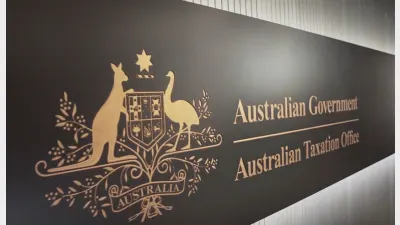Trustee licensing – the big issue
What was the big issue of 2005 for the superannuation industry?
Well, arguably it was the implementation of choice of superannuation fund from July 1. It must have been the big issue because it certainly generated the greatest expenditure of money — all those advertisements funded by the Commonwealth, the industry superannuation funds and Virgin as well.
But as is so often the case, the expenditure of money does not represent an appropriate measure of importance. When all was said and done with respect to the implementation of choice of superannuation fund in Australia, barely 7 per cent of people decided to change funds and most of those did so as part of a consolidation process.
That’s right, just 7 per cent — a figure confirmed by the Association of Superannuation Funds of Australia thanks to a survey a conducted by Australian National Opinion Polls. It is also a figure not inconsistent with similar research conducted by Mercer Human Resources Consulting.
So the bottom line is that while choice of superannuation might have generated the greatest expenditure and the most media coverage in 2005, it hardly caused a ripple in terms of actual membership churn. What is more, it seems most unlikely to generate a greater level of churn in 2006.
Choice was not the big issue of 2005. The big issue of 2005 will also be the big issue of 2006. It is trustee licensing and the manner in which it is being handled by the Australian Prudential Regulation Authority (APRA). In terms of the superannuation industry and the manner in which it operates in Australia trustee licensing is the big one — the catalyst for far-reaching change.
Consider this simple bottom line. As a result of trustee licensing the number of superannuation trustee entities in Australia will be reduced by close to two-thirds by the middle of 2006. That’s right, if APRA’s predictions are correct then there may be as few as 400 superannuation trustees entities by July, next year.
In other words, while the industry and the media were largely distracted by the advent of choice, APRA began the implementation of a new licensing system that it said was aimed at “modernising and strengthening the prudential regulation of superannuation”.
As part of that system, trustees had to meet a fitness and propriety standard and have adequate financial, technical and human resources to conduct their operations. In addition, trustees had to develop and implement a risk management framework covering the operations of the trustee entity and of each superannuation entity for which it is trustee.
APRA may from time-to-time have paused to consider why so many trustee entities have so far failed to meet their licensing requirements. But if, indeed, the regulator paused to consider they have dragged their feet it has exhibited precious little sympathy with their predicament.
Perhaps APRA’s attitude is coloured by the reality that trustee licensing is going to make its job so much easier. From the middle of 2006 it will be dealing with vastly fewer trustee entities and those entities, in theory at least, will boast a higher level of professionalism than was previously the case.
There seems little question that as APRA progressively implements the new licensing regime and as trustee entities fall by the wayside, a certain amount of controversy and debate is likely to follow in 2006. Such debate is welcome in circumstances where the fall-out from trustee licensing will last vastly longer than that being generated by choice of fund.
Recommended for you
Super funds are strengthening systems and modelling member benefits ahead of payday super.
The Australian Taxation Office (ATO) has approved real-time payments for superannuation, removing a major hurdle ahead of payday super reforms.
The investment body has raised questions about ART’s Tabcorp shareholding, urging clarity for members on gambling-related super fund investments.
Australian super funds have posted early gains in FY26, driven by strong share market performance and resilient long-term returns.











